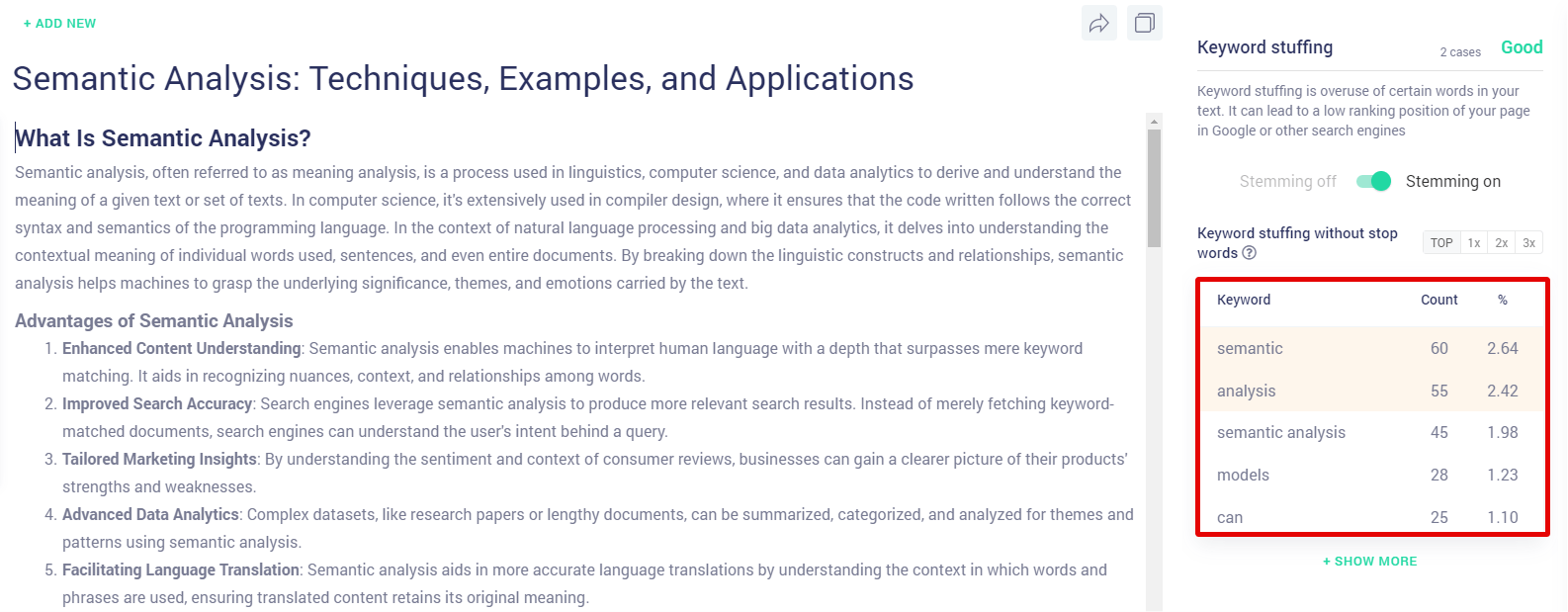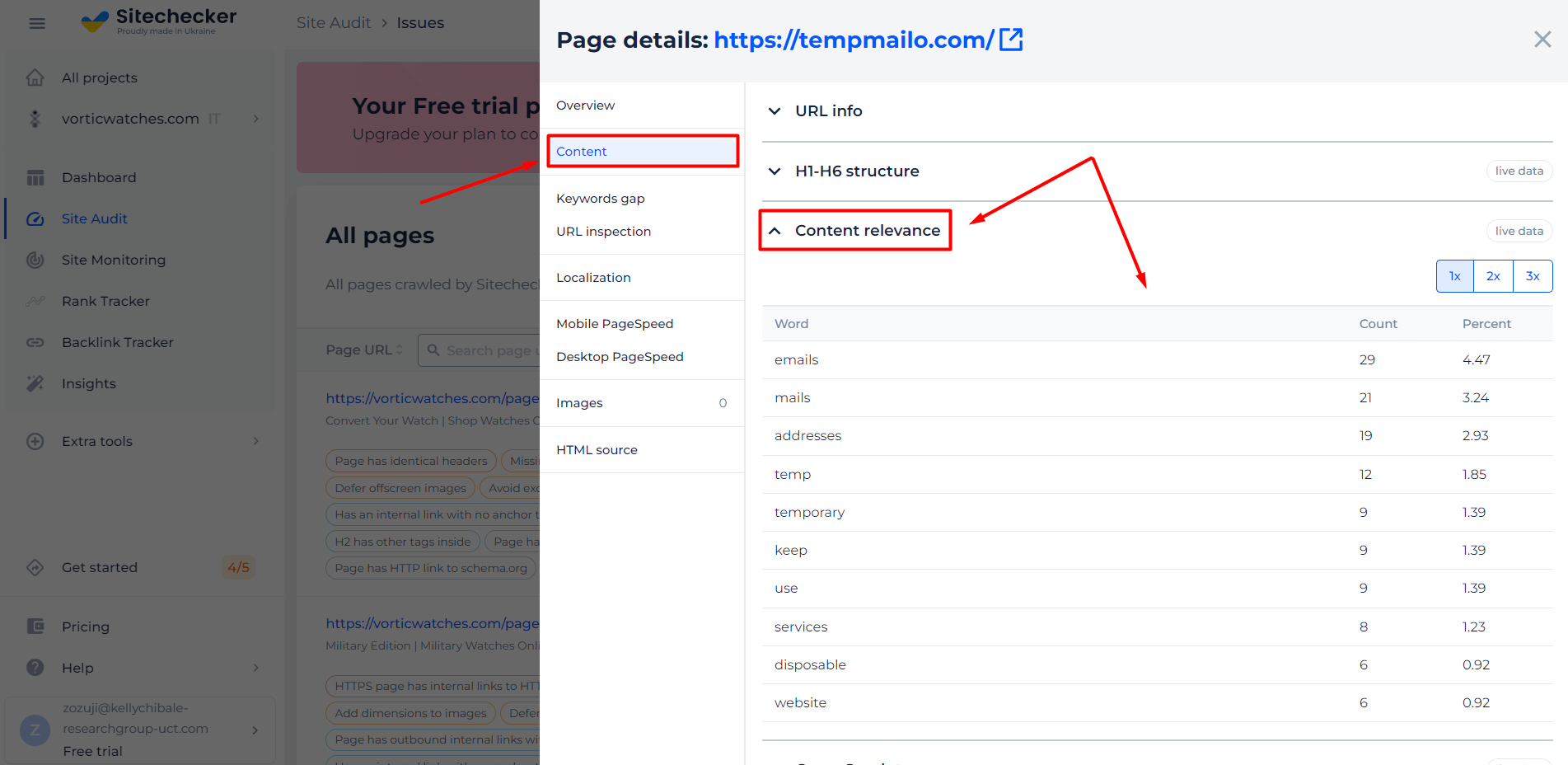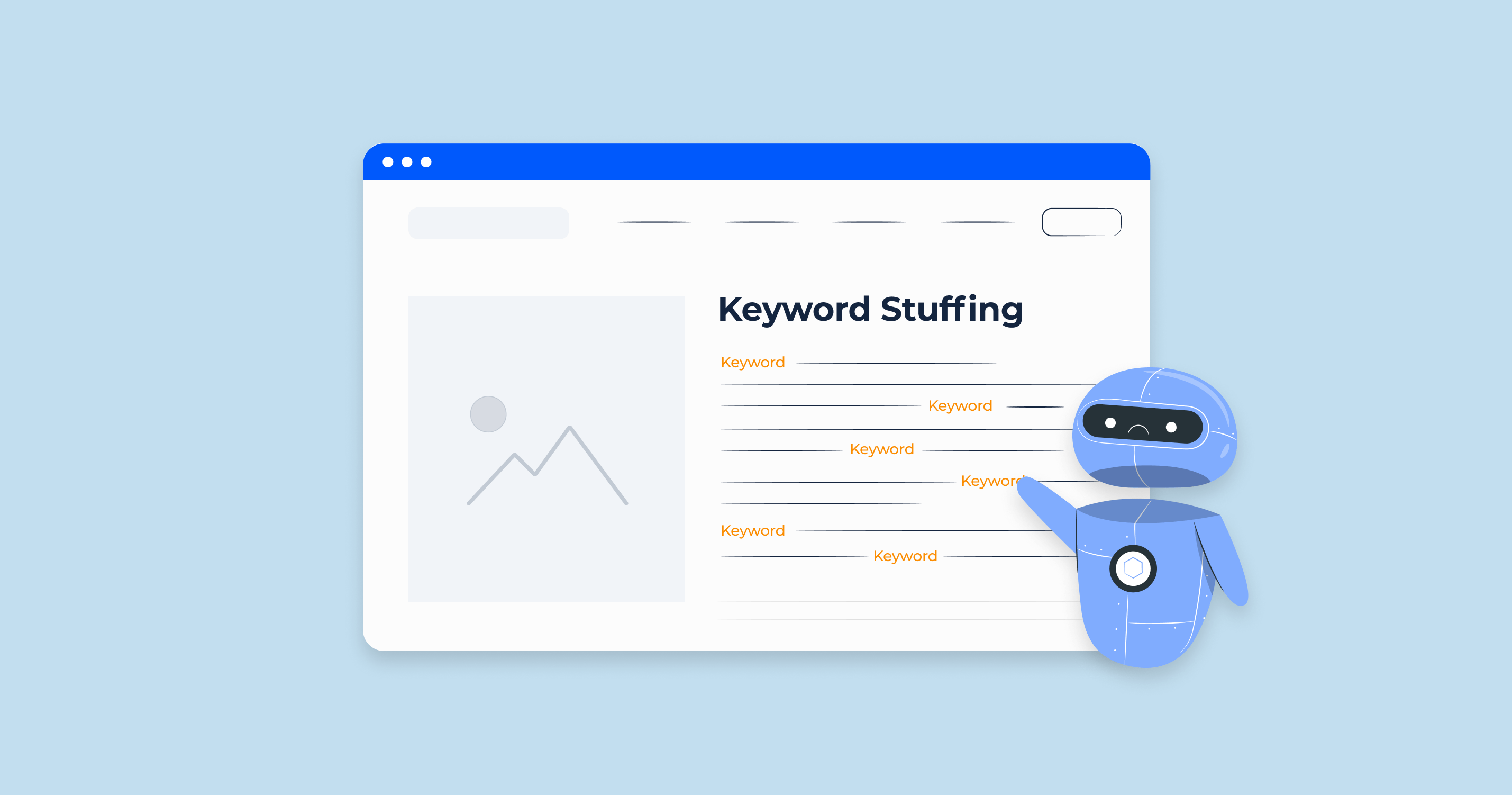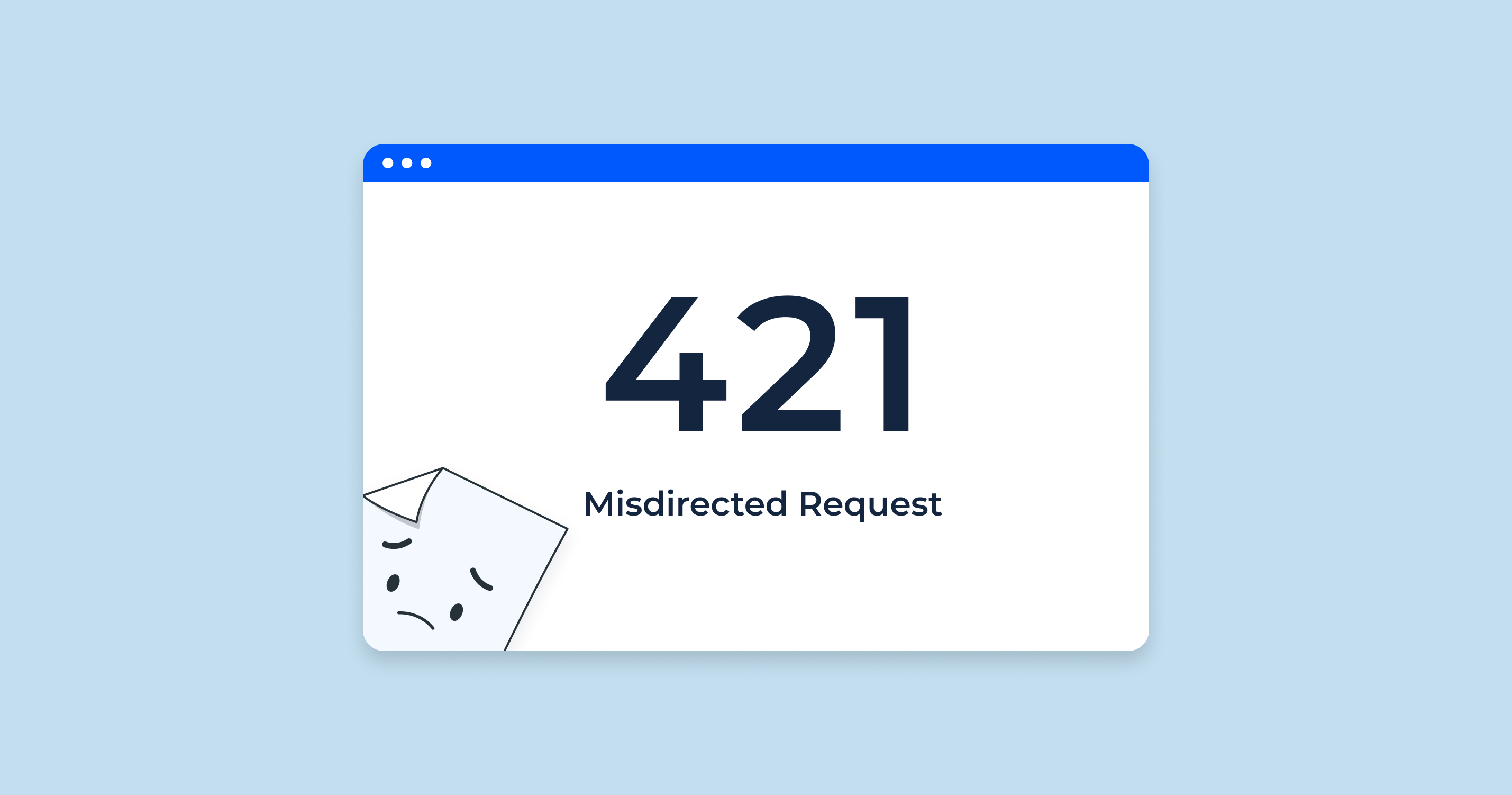What is Keyword Stuffing?
Keyword stuffing is a frowned-upon SEO (Search Engine Optimization) technique that involves overloading a webpage with keywords or numbers in an attempt to manipulate a site’s ranking in Google search results. While it might sound like a good idea to ensure that search engines understand the context of a page, keyword stuffing can often lead to a negative user experience and can harm your site’s rankings.

Imagine reading a sentence like: “Looking for the best coffee? Our coffee is the best coffee you can find. If it’s coffee you want, coffee is what we have.” Not only is this kind of writing jarring for readers, but search engines have algorithms in place to detect such tactics and penalize them.
Historically, webmasters used keyword stuffing to take advantage of the early algorithms used by search engines. These algorithms were not as sophisticated as they are today and would rank pages based on keyword density. However, as search engines have evolved, they now prioritize providing users with valuable, relevant content over merely serving pages with a high keyword count.
In today’s SEO landscape, stuffing your content with an excessive number of keywords won’t just earn you a slap on the wrist from search engines; it can also deter users from staying on your page or trusting your brand.
Why is Keyword Stuffing Bad?
Keyword stuffing is detrimental for several reasons, and understanding these can help content creators and webmasters maintain the integrity of their websites while ensuring they stay in the good graces of search engines.
| User Experience Suffers | The primary goal of content is to engage, inform, or entertain the audience. Overloading content with keywords makes it unnatural and difficult to read. Users are more likely to leave the website if they find the content repetitive and unhelpful. |
| Penalties from Search Engines | Modern search engines, particularly Google, have algorithms that can detect keyword stuffing. Websites caught using this tactic can be penalized, which might involve lowering their rank or even removing them from search results altogether. |
| It Damages Credibility | Content that appears to be trying too hard to rank for particular keywords can come off as desperate or insincere. Readers may question the reliability of the content and the trustworthiness of the website or brand. |
| Diminished Content Value | Instead of focusing on creating valuable content that addresses user needs and questions, keyword stuffing shifts the focus to merely appeasing search engines. This shift can decrease the overall value and relevance of the content. |
| Missed Opportunities | By focusing solely on specific keywords, content creators might miss the chance to rank for other relevant keywords, phrases, or topics. This narrow focus can limit the potential audience and reduce traffic opportunities. |
| Outdated SEO Practice | SEO best practices have evolved over the years. Keyword stuffing is an outdated tactic from the early days of the internet. Relying on it indicates a lack of understanding of modern SEO, which can be a red flag for discerning readers and potential partners or clients. |
While it might be tempting to try and “game the system” by overloading content with keywords, the risks associated with keyword stuffing far outweigh the potential benefits. Prioritizing high-quality, genuine content that addresses user needs and intent is the best approach for long-term SEO success.
Examples of Keyword Stuffing
Keyword stuffing can manifest in various ways, both visible to the end-users and hidden from plain sight but detectable by search engines. Recognizing these tactics can help content creators avoid pitfalls and remain in compliance with SEO best practices.
Examples of Visible Keyword Stuffing
Visible keyword stuffing is apparent to anyone reading the content. It disrupts the flow of information and can make the content feel forced or unnatural. Here are some examples:
- Repetitive Sentences: Using the same keyword phrase in almost every sentence, e.g., “Our chocolate cake is the best chocolate cake. If you love chocolate cake, buy our chocolate cake now.”
- Lists/Blocks of Keywords: Adding a list or block of keywords at the bottom of a page or within content where they don’t make contextual sense, e.g., “Keywords: chocolate cake, best chocolate cake, chocolate cake near me, moist chocolate cake, chocolate cake recipe…”
- Forced Integration: Shoehorning keywords into sentences where they don’t naturally fit, e.g., “If you’re in the mood for that chocolate cake feel, our chocolate cake gives the most chocolate cake satisfaction.”
Examples of Invisible Keyword Stuffing
Invisible keyword stuffing tactics are often employed to deceive search engines without disrupting the reader’s experience. These tactics can be harder to detect for regular users but are evident to search engines. Examples include:
| Hidden Text | Using the same color for text and background, making the text invisible to users but readable by search engine bots, e.g., having a list of white keywords on a white background. |
| Meta Keyword Stuffing | Overloading the meta tags of a page with excessive keywords, even if they’re not relevant to the page’s content. This tactic is less effective nowadays as most search engines don’t use meta keywords as a ranking factor. |
| Tiny Text | Making keywords or blocks of text very small, so they’re hard to see for users but can still be indexed by search engines. |
| CSS Manipulation | Using CSS to position text off-screen or hide it behind images. This makes the text invisible to users but still readable by search engine crawlers. |
| Comment Code Stuffing | Inserting excessive keywords into the comment sections of a site’s HTML code. These comments are not visible to users but can be crawled by search engines. |
While these tactics might seem clever, it’s essential to understand that search engines have grown sophisticated enough to detect such manipulative strategies. Using them can result in severe penalties, including a drop in rankings or removal from search results.
Can Keyword Stuffing Ever Be Beneficial?
At first glance, one might assume that keyword stuffing, given its potential to elevate a site’s visibility in search engine results pages (SERPs), could offer certain advantages. After all, the primary objective of most SEO strategies is to increase visibility. But does keyword stuffing ever truly benefit a site in the long run? Let’s delve into this question.
- Short-Term Visibility: There’s no denying that in the early days of search engines, keyword stuffing could lead to a temporary boost in rankings. Search algorithms were more primitive and could be easily manipulated by pages with high keyword densities.
- Catch-All for Varied Queries: By stuffing multiple variations of a keyword or related phrases, a page might appear in a broader range of search queries. This could lead to an increase in traffic, albeit not necessarily quality traffic.
- Increased Ad Impressions: For websites that rely on ad revenue, higher traffic—regardless of its quality—means more ad impressions. In this light, keyword stuffing could, in theory, lead to a temporary increase in revenue.
However, the drawbacks far outweigh these fleeting advantages:
- Search Engine Penalties: Modern search engines are equipped with sophisticated algorithms that can detect and penalize keyword stuffing. So, any short-term gain is likely to be followed by a steep drop in rankings, or even de-indexing of the page.
- Deteriorating User Experience: Overstuffed content is often redundant and hard to read. A poor user experience can lead to increased bounce rates, with visitors leaving the site shortly after arriving.
- Loss of Trust and Credibility: Users are savvy, and they can recognize when content is written more for search engines than for them. This can lead to a loss of trust, and they might think twice before making a purchase or returning to the site.
- Low Conversion Rates: While keyword stuffing might attract more visitors, these are often not quality visitors with a genuine interest in the content or products. As a result, they’re less likely to engage meaningfully with the site or make a purchase.
In conclusion, while keyword stuffing might offer short-term benefits in specific scenarios, the long-term consequences for site reputation, user trust, and search engine penalties make it an unsustainable and ill-advised strategy. The best approach for enduring success is to produce high-quality, user-centric content that naturally integrates relevant keywords.
How to Avoid Keyword Stuffing
In today’s digital landscape, where search engines prioritize user experience and content quality, it’s crucial to steer clear of outdated and harmful practices like keyword stuffing. Fortunately, by following best practices and being attuned to the intent behind content creation, you can effectively optimize for search engines while providing genuine value to your audience.
Use Secondary Keywords, Synonyms, and Long-Tail Keywords
Utilizing a variety of keywords can improve the natural flow of your content and diversify the semantic context:
- Secondary Keywords: These are terms related to your primary keyword. For instance, if your main keyword is “running shoes,” secondary keywords might include “athletic footwear,” “sneakers,” or “jogging shoes.”
- Synonyms: Using synonyms of your target keyword can make your content read more organically. For the keyword “laptop,” synonyms could be “notebook,” “portable computer,” or “ultrabook.”
- Long-Tail Keywords: These are longer and more specific keyword phrases that visitors are more likely to use when they’re closer to the point of purchase or when using voice search. For example, instead of just “coffee,” you might use “organic dark roast coffee beans.”
By integrating these different types of keywords, you not only avoid repetition but also potentially rank for a broader range of search terms.
Maintain a Good Keyword Density
Keyword density refers to the frequency with which a keyword appears on a page relative to the total word count:
- Balance is Key: While there’s no fixed “ideal” keyword density, many SEO experts recommend a range of 1-2%. This means that for a 1000-word article, your keyword should appear about 10 to 20 times, considering variations and synonyms.
- Natural Incorporation: Ensure keywords fit organically within the content. Forcing them can disrupt the flow and make the stuffing evident.
- Tools and Plugins: Use SEO tools and plugins that can analyze your content and provide insights about keyword density, helping you strike the right balance.
Add the Target Keyword to Page Elements
While the main content should avoid overuse of keywords, there are strategic locations where placing your primary keyword can be beneficial:
- Title Tag: This is a prominent ranking factor. Ensure your keyword appears in the title of your page, but make sure it reads naturally.
- Meta Description: While not a direct ranking factor, a relevant meta description can improve click-through rates. Incorporate your keyword naturally.
- URL: Having your keyword in the URL can be beneficial for both SEO and users, as it signals what the page is about.
- Image Alt Text: Search engines can’t “see” images but can read the alt text. Describe the image and, where relevant, include your keyword.
- Headings: While you don’t want to stuff every heading with keywords, having them in main headings (like H1 or H2) can be beneficial.
By placing keywords thoughtfully within these elements, you can enhance optimization without resorting to keyword stuffing in the main content.
SEO Keyword Density Checker to Analyze Keyword Frequency on a Particular Page
The SEO Keyword Density Checker tool offered by SiteChecker is an invaluable asset for content creators and SEO professionals aiming to optimize their web pages. By analyzing the frequency of keyword usage within a page’s content, this tool helps ensure that keywords are used effectively to improve search engine rankings without risking keyword stuffing penalties. It provides a clear and concise assessment of keyword distribution, allowing for strategic adjustments to content to better align with SEO best practices.

Beyond the primary analysis of keyword density, the tool also highlights the balance of various keyword elements such as title, description, headers, and body text. This comprehensive approach allows users to fine-tune every aspect of their page’s SEO. Moreover, the tool offers suggestions for optimal keyword usage and alerts users to any over-optimization, ensuring that content remains both reader-friendly and search engine compliant. With these additional features, the SEO Keyword Density Checker is a must-use for anyone looking to enhance their website’s organic search potential.
Check Your Density Now!
Use our SEO Keyword Density Checker to fine-tune your SEO.
Conclusion
The realm of SEO is a dynamic one, constantly evolving with technological advances and shifts in user behavior. One consistent truth, however, is the danger of keyword stuffing. While it may have once been a shortcut to visibility, today’s sophisticated search algorithms prioritize genuine, valuable content over redundant and artificially inflated text. For brands and content creators, the focus should always be on delivering authentic, high-quality content that addresses the needs and queries of the target audience. By doing so, not only do we respect and value our readers, but we also ensure long-term success in search rankings. Remember, in the world of content, quality and authenticity invariably triumph over shortcuts and gimmicks.









